A bold new water tower by White Arkitekter strides across the Swedish landscape
The Våga Water Tower in Varberg is a monument to civil engineering, a functional concrete sculpture that's designed to last for centuries

A dramatic and sculptural wave-shaped water tower that rises above the Swedish city of Varberg is White Arkitekter’s latest project in Våga.
Concrete has an enduring afterlife, whether we like it or not. Just like the buildings, bunkers, and memorials that have been bestowed monument status by their monolithic solidity, the Våga Water Tower – Vattentornet Våga – is intended to have a long life. ’Our ambition has been to design an object that will stand for hundreds of years, never diminishing in beauty,’ says White Arkitekter’s Agnes Orstadius.
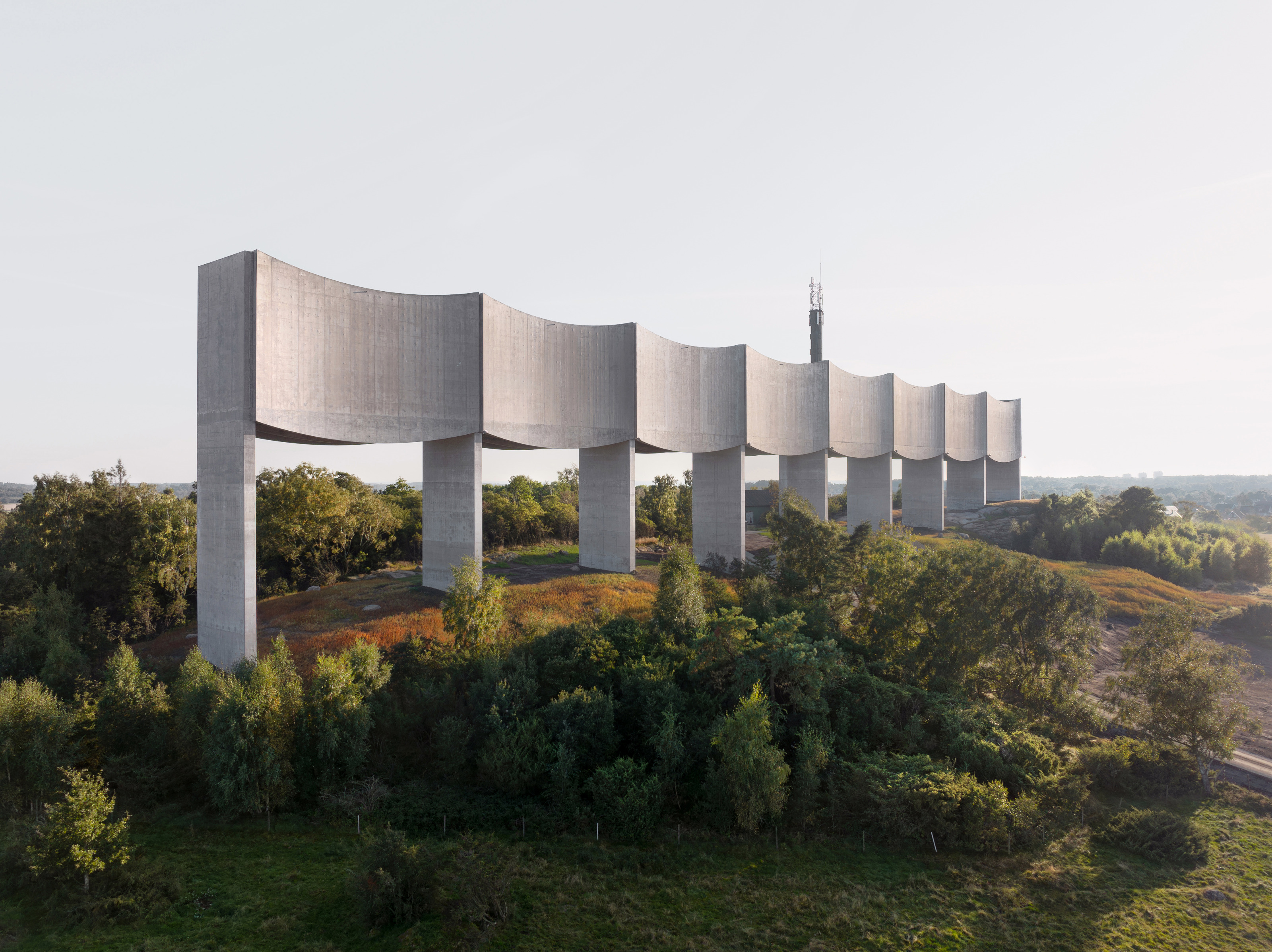
Våga Water Tower, White Arkitekter
Explore Våga Water Tower by White Arkitekter
Intended to increase capacity for this fast-expanding city, the project began with a design competition in 2017. White Arkitekter’s winning response eschews the usual solitary tower form in favour of a 187m-long structure that marches across the landscape on nine slender pillars. The brief called for a functional structure that was also a ‘new landmark symbolising the power and sanctity of water, as well as its profound significance to the city.’

Våga Water Tower, White Arkitekter
Despite its length, Våga is just 9m wide, with each concave concrete segment forming a wave shape that makes the entire structure ripple across the landscape. Set atop the small hill of Bastekullen in Träslöv, the new tower contains five times as much water as the old one. Built by Scandinavian construction company Veidekke, the tower can be accessed from a stair and elevator embedded in the large central pillar.
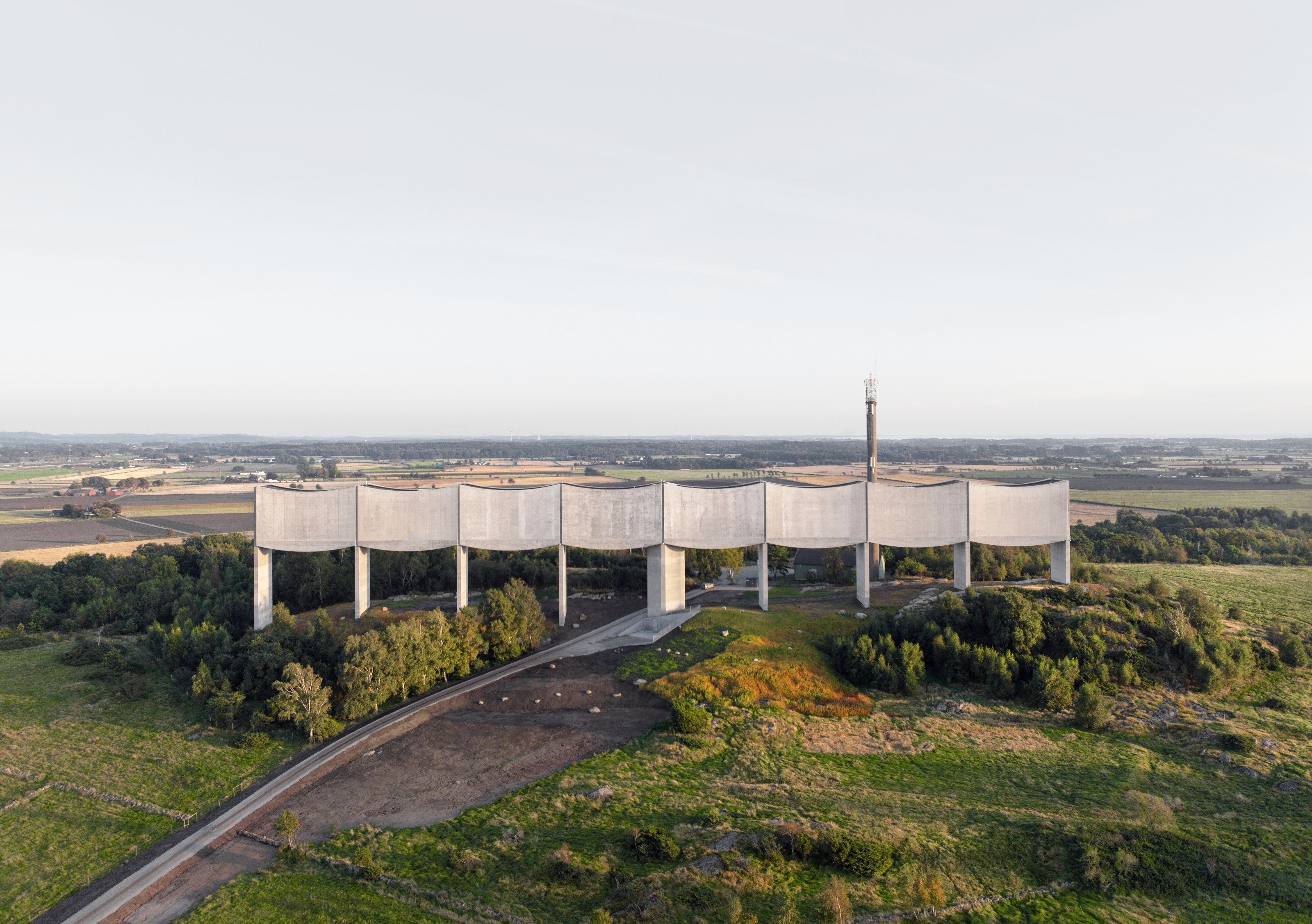
Våga Water Tower, White Arkitekter
‘Våga makes a powerful impression at a distance, but the tower will also be experienced up close,’ says Orstadius, and the concrete pillars have been carefully integrated into the existing landscape, emphasising the sculptural form. New wildflowers have been planted and the service road turned back into a gravel path.
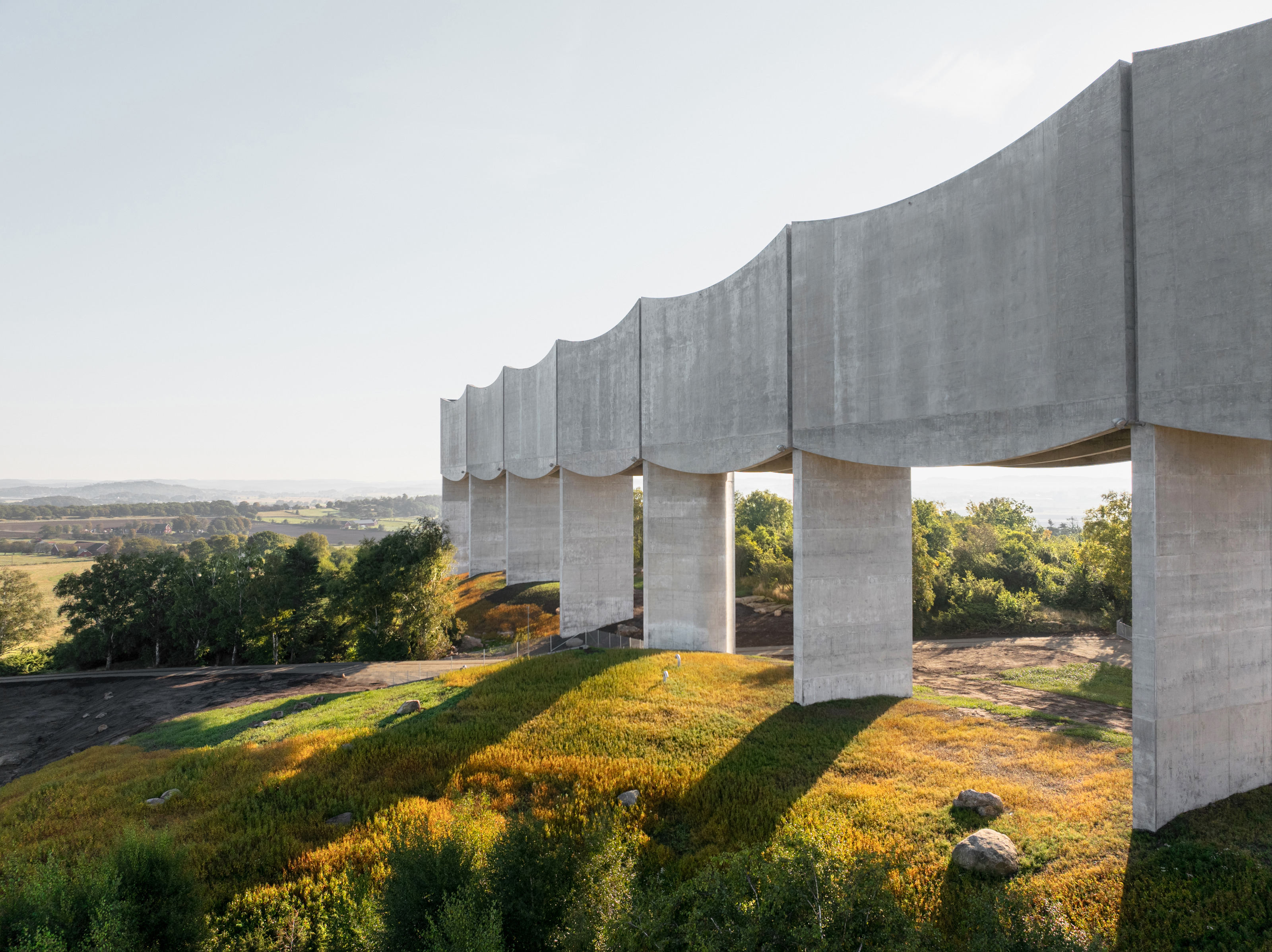
Våga Water Tower, White Arkitekter
‘All these elements – the elongated shape, the wave motif, the concave facade, and the interplay of light and shadow – mean the tower is perceived differently depending on your vantage point and the time of day,’ says Per Hultcrantz, who worked as the lead architect on the project after Mattias Lind. ‘This creates a dynamic quality that ensures the tower never ceases to surprise,’ he concludes.
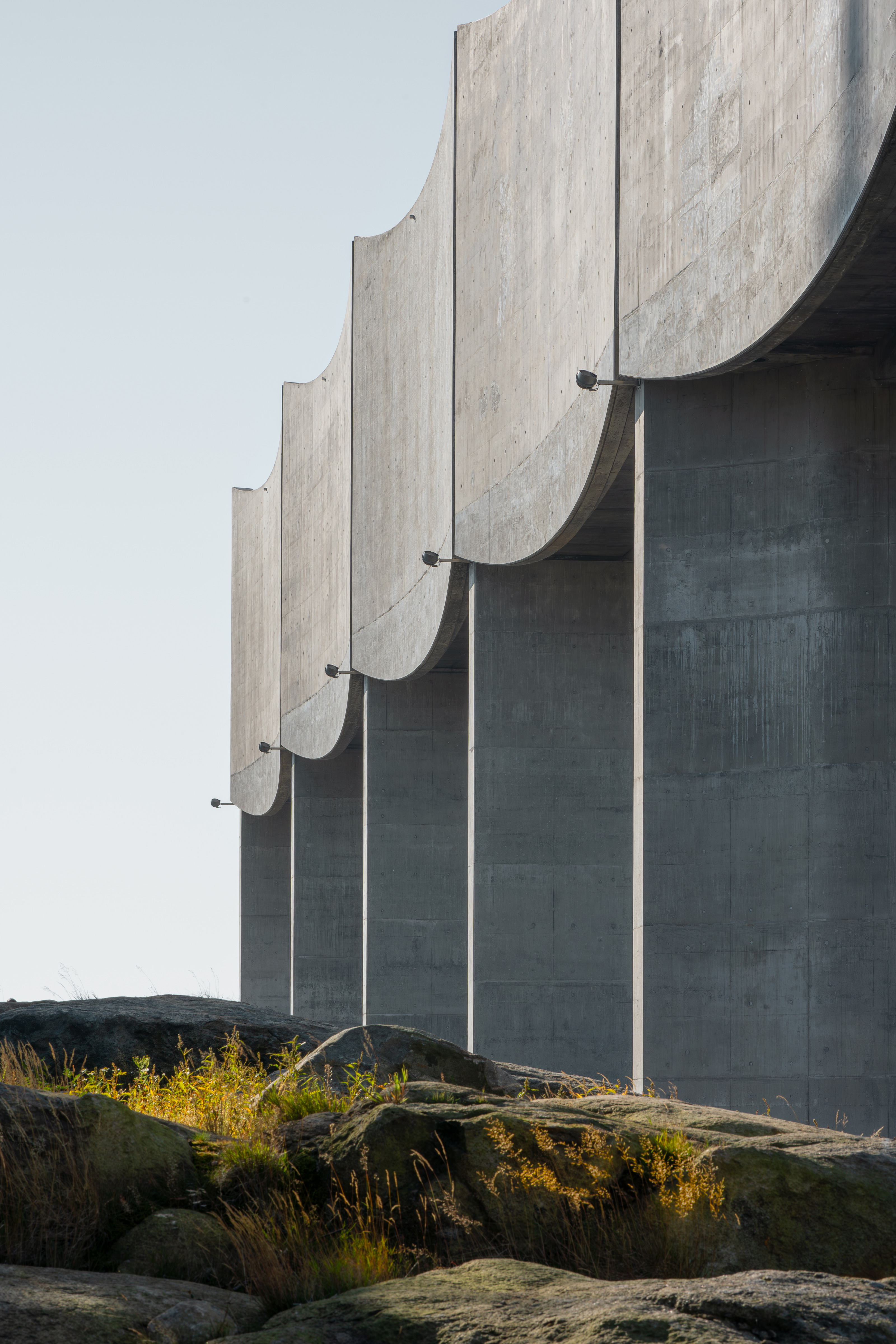
Våga Water Tower, White Arkitekter
The landscaping also encourages visitors to come to the base of the structure, from where the sea, the Kattegat, can be seen. The water company, Vivab, wanted the new tower to be both landmark and recreation space, as well as a long-lasting piece of community infrastructure.
Wallpaper* Newsletter
Receive our daily digest of inspiration, escapism and design stories from around the world direct to your inbox.
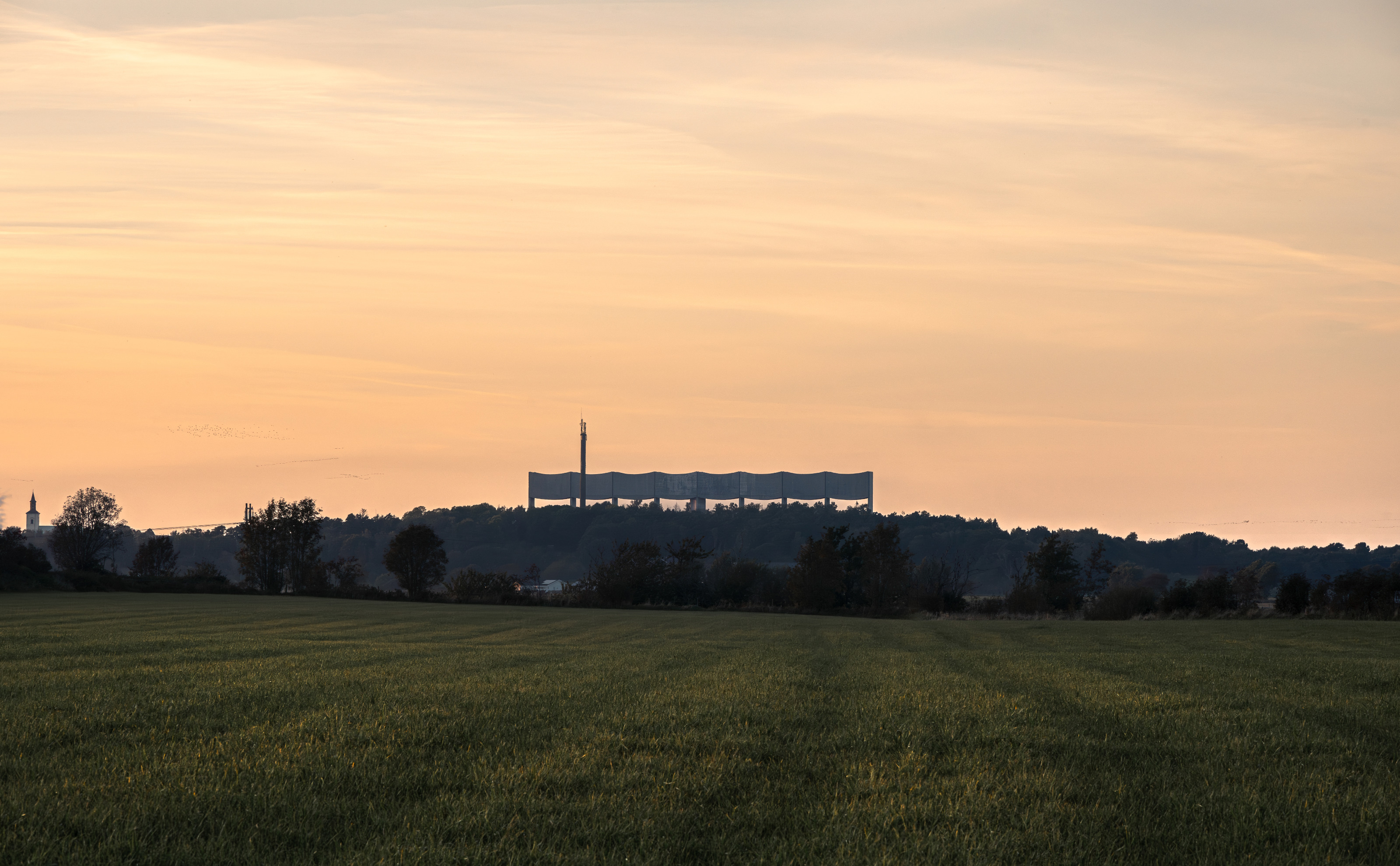
Våga Water Tower, White Arkitekter
Jonathan Bell has written for Wallpaper* magazine since 1999, covering everything from architecture and transport design to books, tech and graphic design. He is now the magazine’s Transport and Technology Editor. Jonathan has written and edited 15 books, including Concept Car Design, 21st Century House, and The New Modern House. He is also the host of Wallpaper’s first podcast.
-
 Warp Records announces its first event in over a decade at the Barbican
Warp Records announces its first event in over a decade at the Barbican‘A Warp Happening,' landing 14 June, is guaranteed to be an epic day out
By Tianna Williams
-
 Cure your ‘beauty burnout’ with Kindred Black’s artisanal glassware
Cure your ‘beauty burnout’ with Kindred Black’s artisanal glasswareDoes a cure for ‘beauty burnout’ lie in bespoke design? The founders of Kindred Black think so. Here, they talk Wallpaper* through the brand’s latest made-to-order venture
By India Birgitta Jarvis
-
 The UK AIDS Memorial Quilt will be shown at Tate Modern
The UK AIDS Memorial Quilt will be shown at Tate ModernThe 42-panel quilt, which commemorates those affected by HIV and AIDS, will be displayed in Tate Modern’s Turbine Hall in June 2025
By Anna Solomon
-
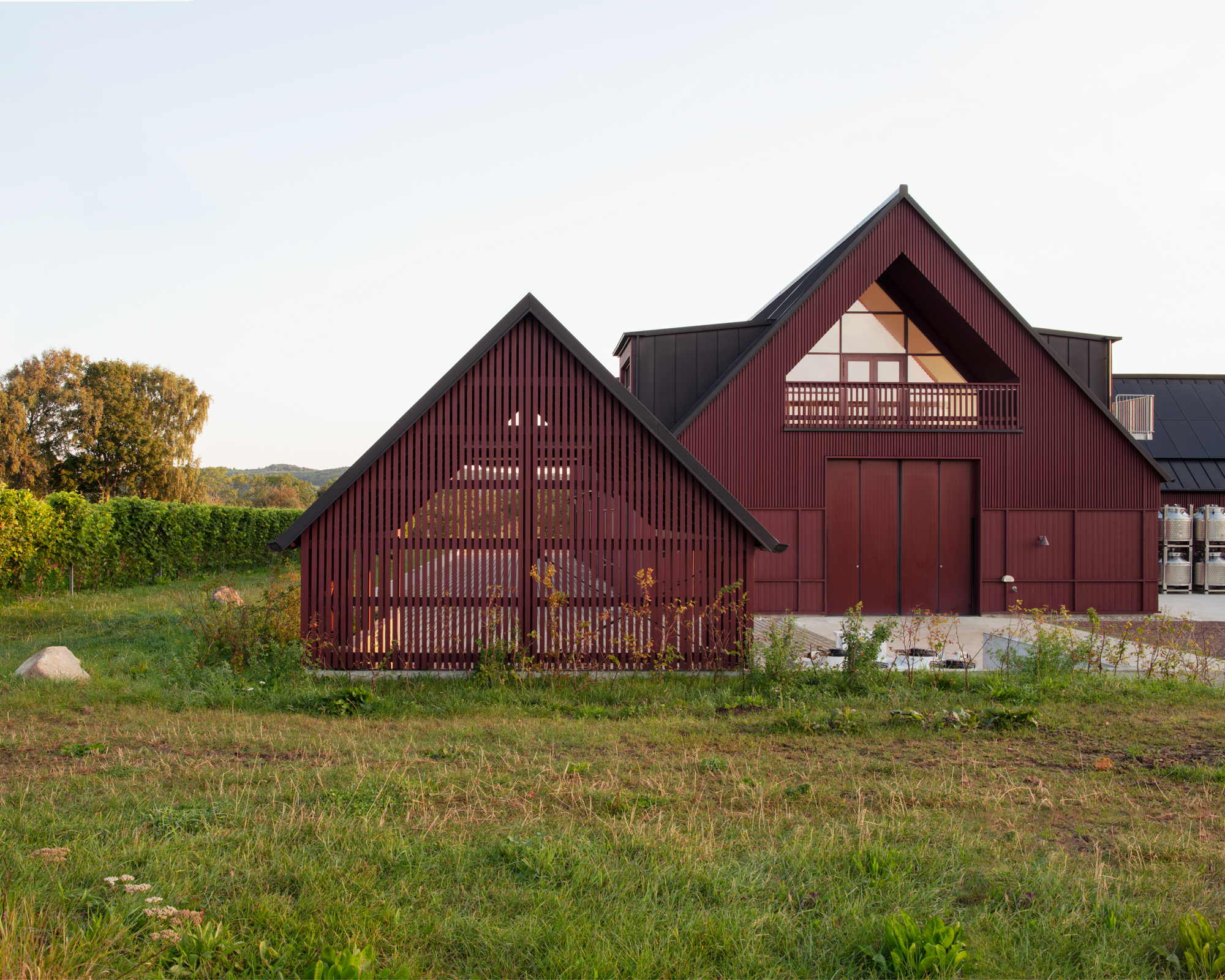 This striking new vineyard is putting Swedish wine on the map
This striking new vineyard is putting Swedish wine on the mapBerglund Arkitekter completes a new home for Kullabergs Vingård in Sweden's verdant Skåne country
By Ellie Stathaki
-
 ‘Close to solitude, but with a neighbour’: Furu’s cabins in the woods are a tranquil escape
‘Close to solitude, but with a neighbour’: Furu’s cabins in the woods are a tranquil escapeTaking its name from the Swedish word for ‘pine tree’, creative project management studio Furu is growing against the grain
By Siska Lyssens
-
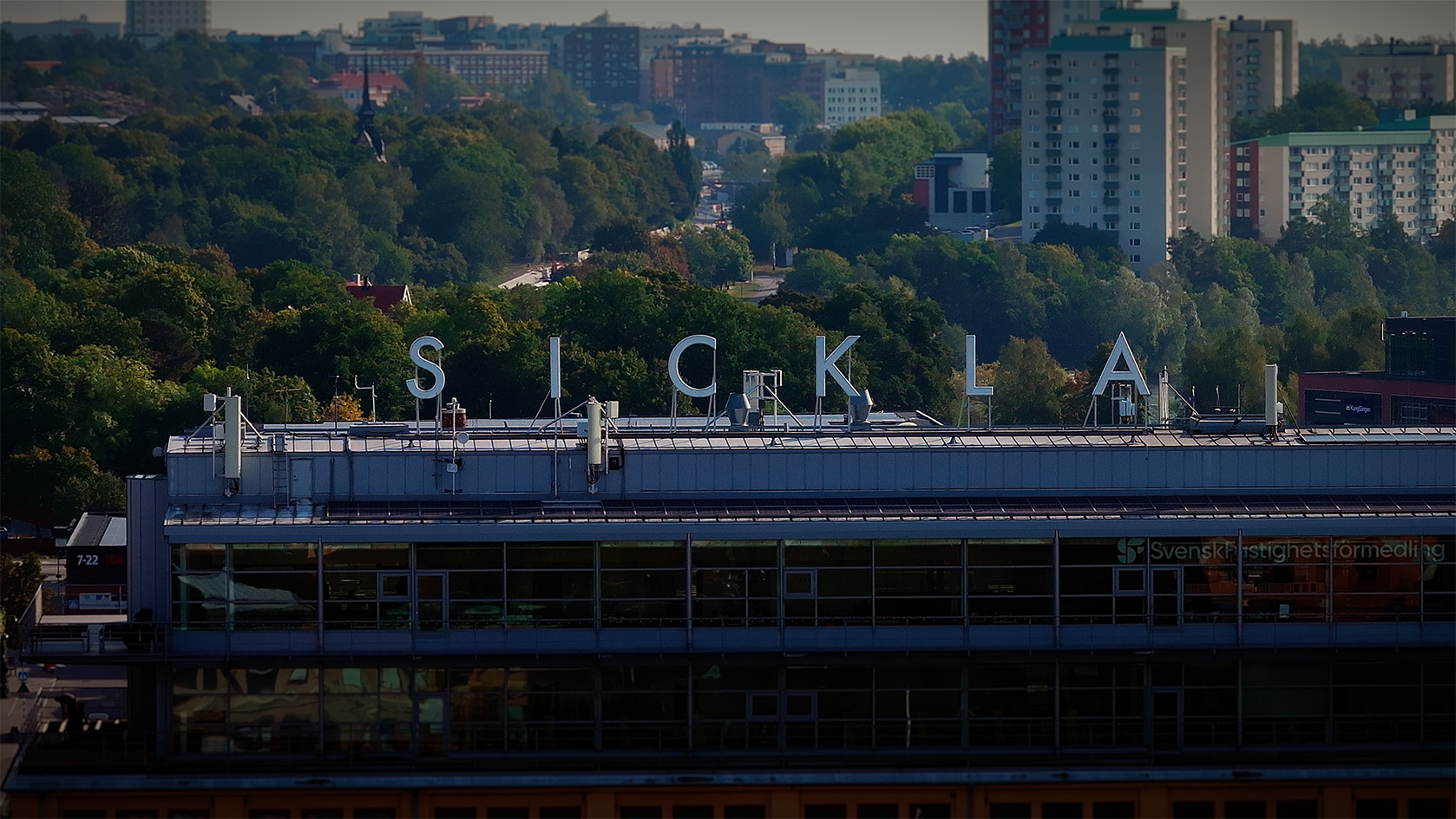 Stockholm Wood City: inside the extraordinary timber architecture project
Stockholm Wood City: inside the extraordinary timber architecture projectStockholm Wood City is leading the way in timber architecture; we speak to the people behind it to find out the who, what, why and how of the project
By Ellie Stathaki
-
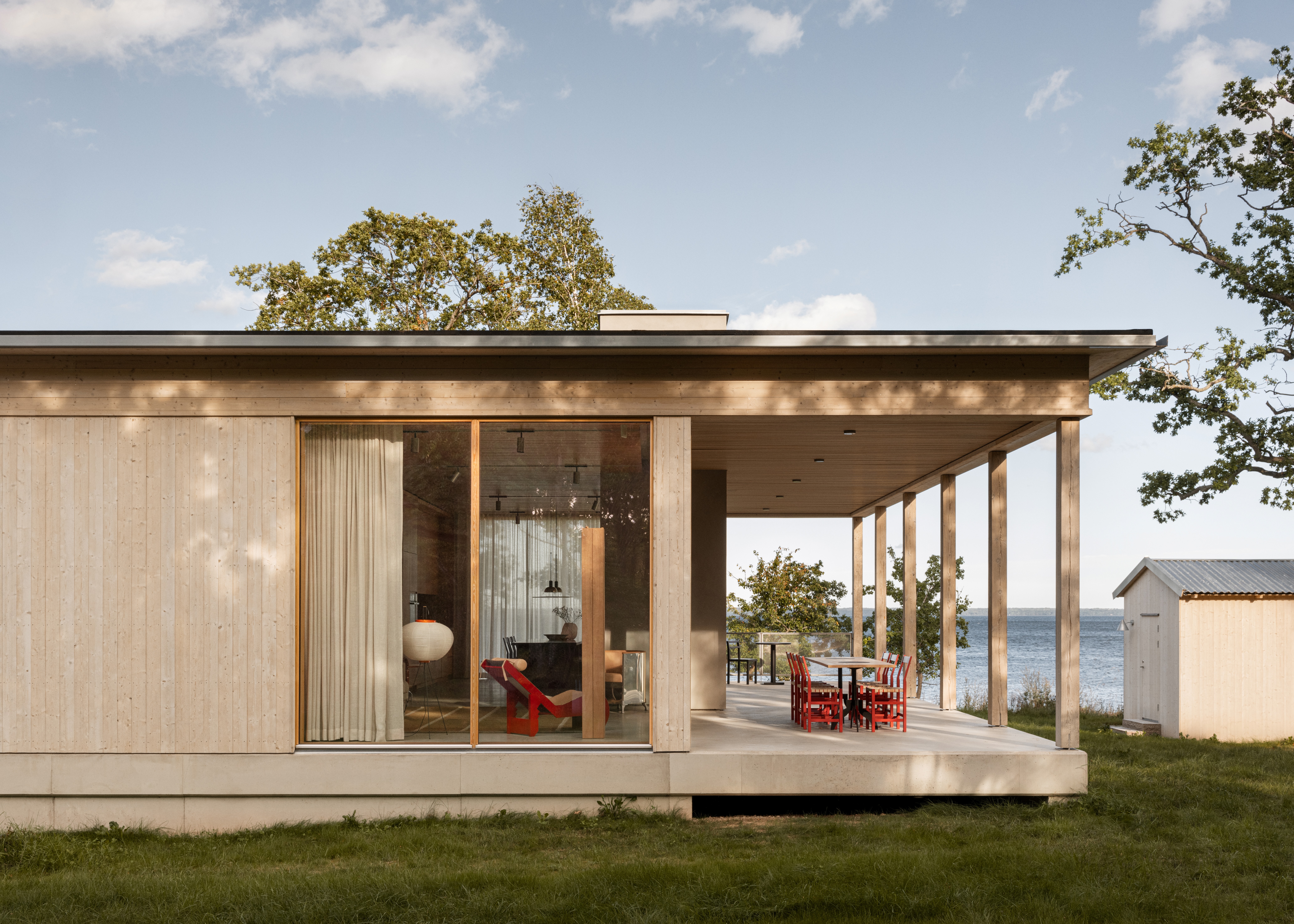 This Swedish summer house is a family's serene retreat by the trees and the Baltic sea
This Swedish summer house is a family's serene retreat by the trees and the Baltic seaHorsö, a Swedish summer house by Atelier Alba is a playfully elegant retreat by the Kalmarsund Sea and a natural reserve
By Smilian Cibic
-
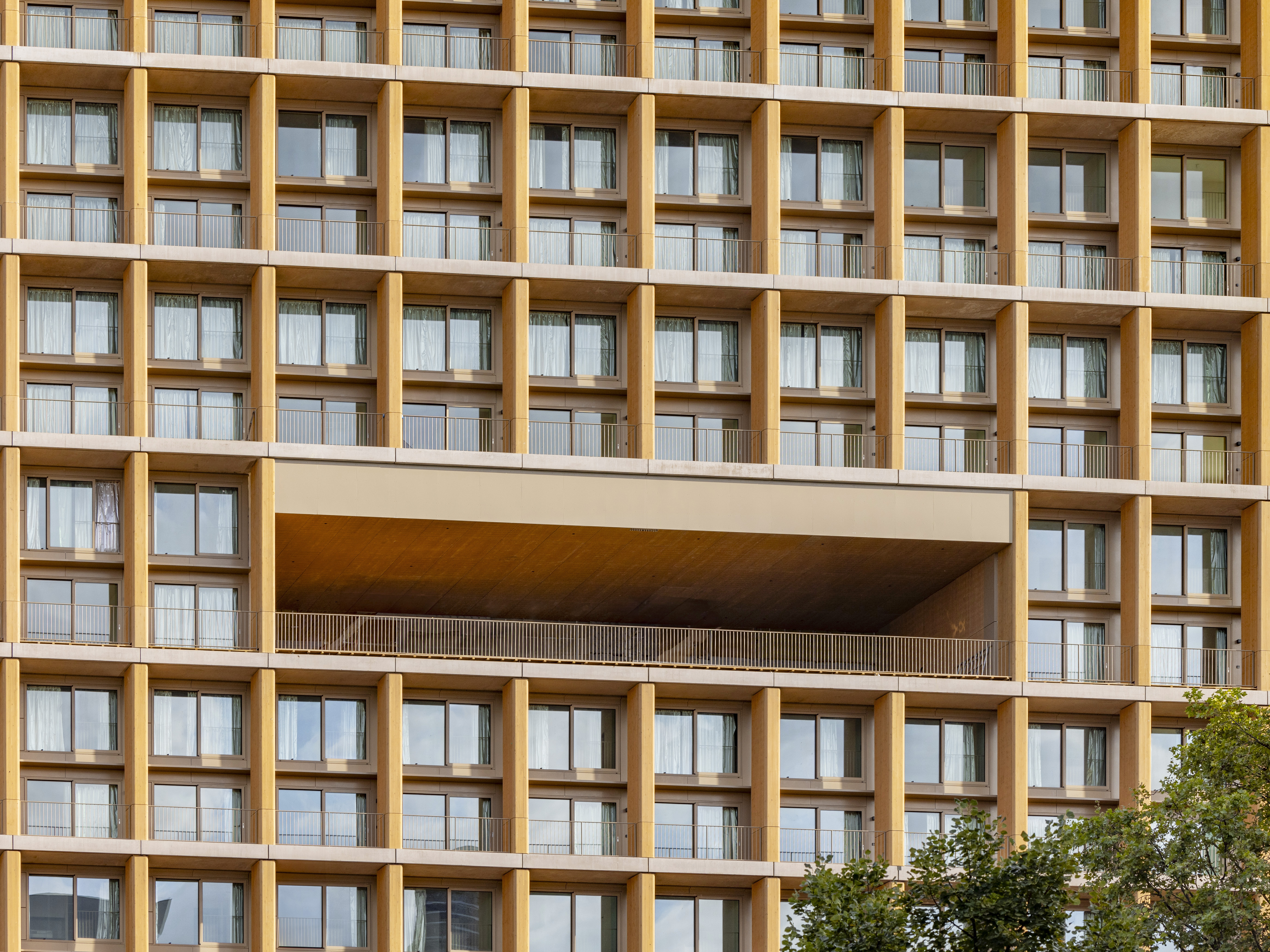 Explore wood architecture, Paris' new timber tower and how to make sustainable construction look ‘iconic’
Explore wood architecture, Paris' new timber tower and how to make sustainable construction look ‘iconic’A new timber tower brings wood architecture into sharp focus in Paris and highlights ways to craft buildings that are both sustainable and look great: we spoke to project architects LAN, and explore the genre through further examples
By Amy Serafin
-
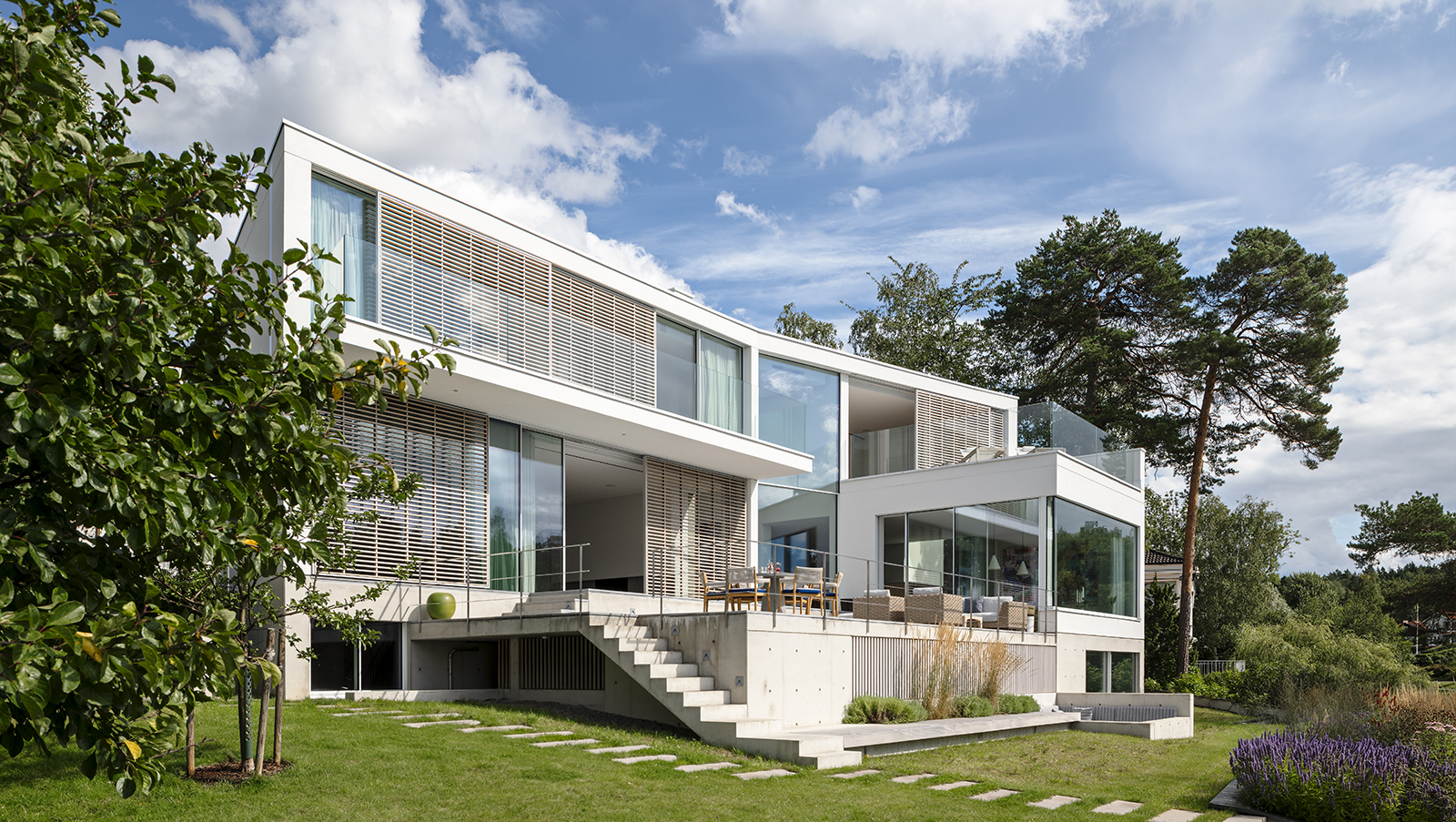 This Stockholm house cascades towards the Swedish seashore
This Stockholm house cascades towards the Swedish seashoreA private Stockholm house by Ström Architects makes the most of its natural setting, while creating a serene haven for its owners
By Ellie Stathaki
-
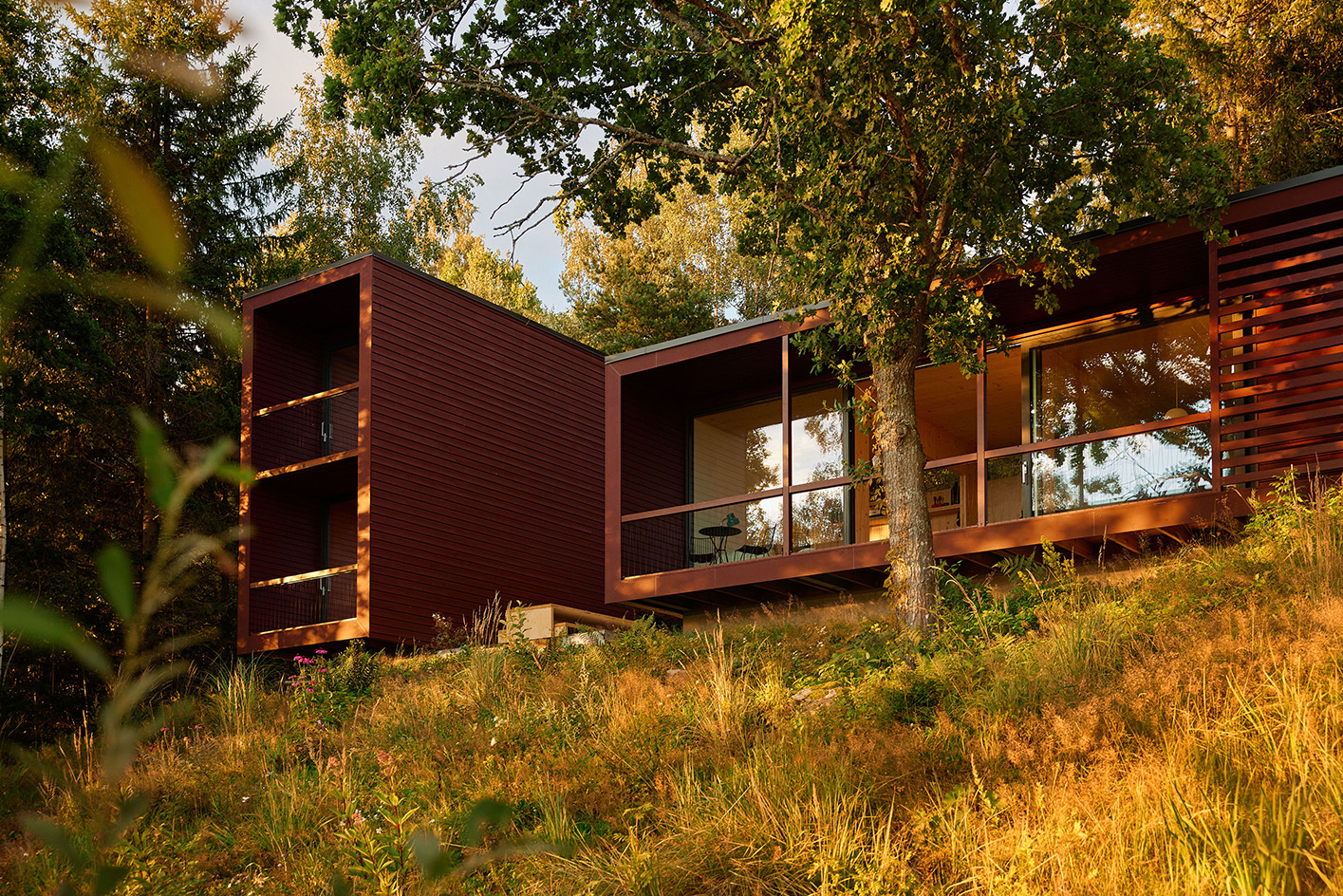 Cabin Kiladalen in Sweden takes architectural reuse to the next level
Cabin Kiladalen in Sweden takes architectural reuse to the next levelCabin Kiladalen by Vardehaugen started its life in an Oslo exhibition, but has now found a second life as a Swedish lakeside retreat
By Ellie Stathaki
-
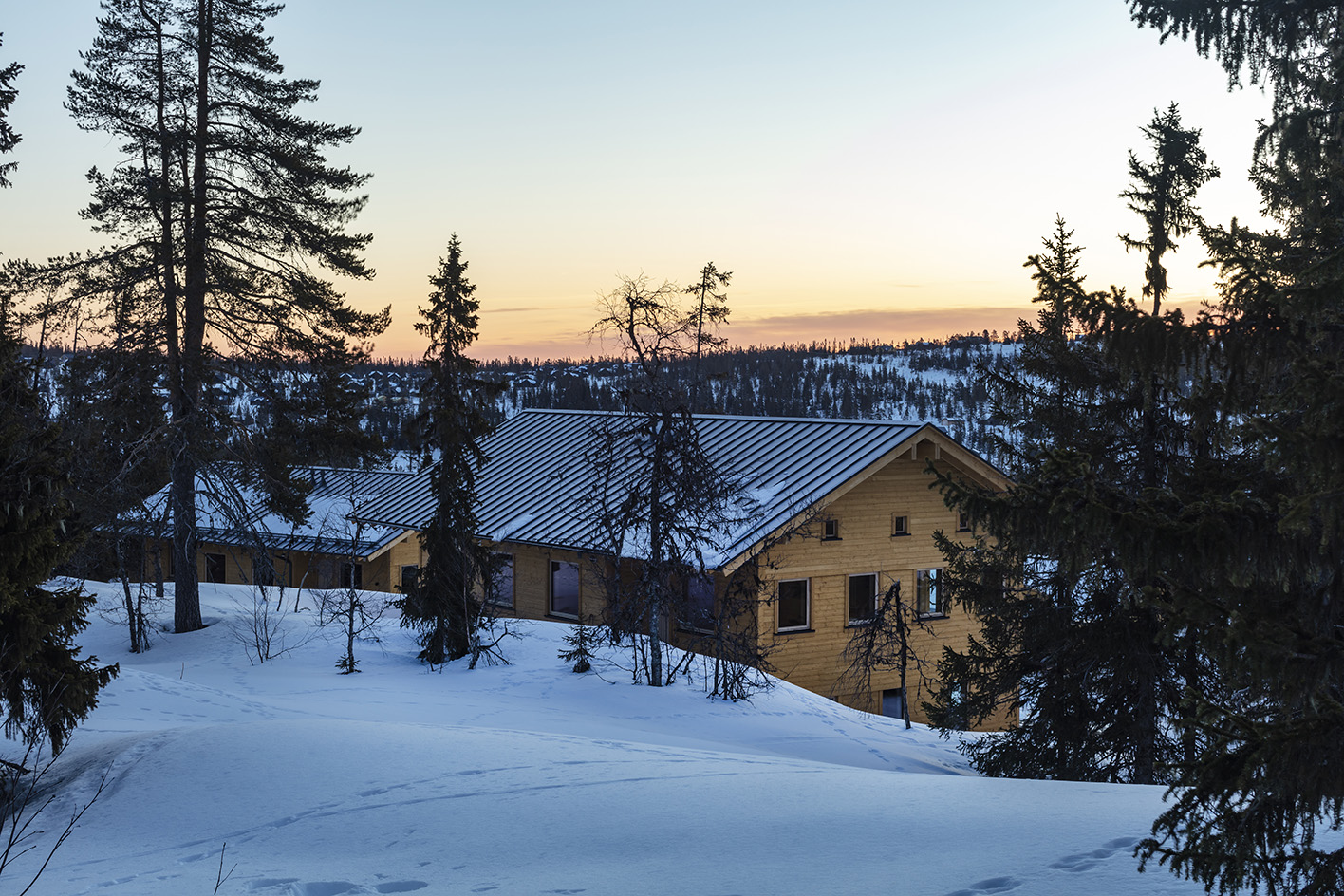 Vemdalen Villas brings contemporary minimalism to the skiing experience
Vemdalen Villas brings contemporary minimalism to the skiing experienceThe family of dwellings at Vemdalen Villas, designed by architecture studio Hesselbrand, creates a contemporary skiing experience in the Swedish countryside
By Ellie Stathaki